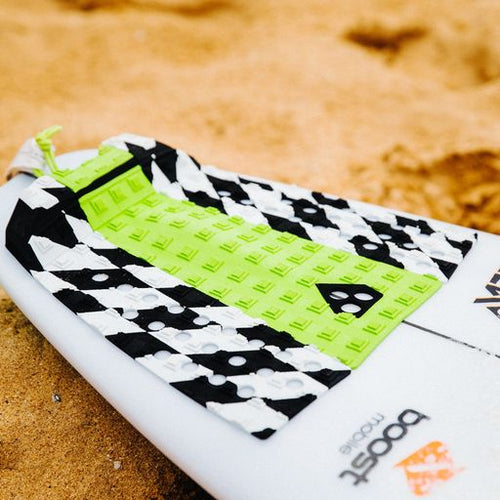Your Cart is Empty
MF Glass Fibre Fusion
FIN COMPARISON TOOL
MF Glass Fibre Fusion

The latest tech from FCS
FIN COMPARISON TOOL

Get the surf shop experience, online
TRAVEL SERIES
What's Underwater Matters
FIN COMPARISON TOOL
What's Underwater Matters

FCS CFD Testing
FIN COMPARISON TOOL

Get the surf shop experience, online.
FCS Traction

Variety of Unique Pad Shapes
Gorilla Grip

Still Gripping Stuff
Hi, it looks like you are in . Would you like to go to your local store?
